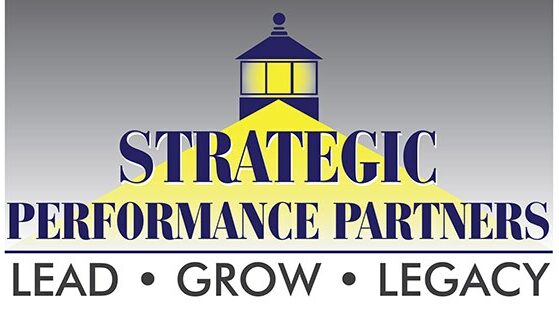How much do you know about your key clients? How do you create great partnerships with other organizations? Social business, big data, and global competition are challenging the way we’ve done business in past. It seems we have more information than time today. How much do you need to know about your key clients?
Recently, I’ve had several executive clients tell me that they had senior level business development people call on them. My clients were surprised by how little the other person knew about their organizations. So what should you know if you hope to build a stronger relationship with you key clients’ executive team?
I would guess less than 5% of senior sales and marketing executives know the following information about their key clients. Without this information, it is hard to build a key account strategy with your clients.
Fifty percent of key account teams fail not because of a competitor muscling their way in, but because the key account team can’t get all their team members to work well together. Today, your inability to align your team with the key client is the reason most business is lost. Competitors seldom can compete if you’re helping clients reach their growth and long term goals.
How do you begin aligning your efforts with key clients? Learn how to evaluate the corporate culture of a client. Initially, you can find this information in their vision, mission, and value statements. I don’t mean the ones they have on their wall, but the ones they live and run their business by every day. It’s always interesting to see if there is a gap between what’s on the wall and how they run their organization.
A key capability of key account team members is they know what the client really puts a high value on. Once they know it, they make sure everyone who works with the client understands it. They are also good at reading and understanding the different agendas across the organization. They are very good at building a common agenda with their key clients.
What are the top five performance goals for your key clients? It may differ depending on who you’re working with, but it is critical to your long term client development success to know what your key stakeholder thinks is important. They may have several organizational goals they want to reach and look for you to help support them in their pursuit.
To build an extraordinary partnership you need to dig into their personal goals and career objectives. This helps you understand what motivates them. For all the talk about the changes that big data will make, it’s how you interact with people and their motivations if you want to build a great relationship.
Now that you know this, start trying to figure out their target accomplishments. If you understand how they are evaluated, the more likely you can make sure they reach these goals. This information may require collecting information from other parts of the organization. Many leaders are so busy working, they miss the critical milestones that ensure the success of any given project.
Key account s success requires a deeper understanding of internal systems that need to work to be effective. Having your own people paired up inside with other key stakeholders provide you a different perspective on the work you are involved in. If your project has limited visibility across the organization, the more likely it is that it is not that important to your partner organization.
How much do you know about your key clients’ critical challenges? You need to know what your key client is struggling with. It allows you to better align the two organizations’ efforts together. Since most economic stakeholders will not be involved in the relationship, it is critical that you have success in the areas they consider critical. I’ve found that there are significant opportunities for account growth if you can help them solve these critical challenges.
Take time to talk with your team members to see what new challenges might be on the horizon. I’ve found that my consultants and project managers are better at turning up these opportunities during their regular activities. The more you can identify unique opportunities, the better you become at leveraging them for a successful outcome for both partners.
Finally, learn how to evaluate how key clients respond to the challenges and opportunities. What are their strategies to achieve success? You don’t have to become a strategist, but by understanding how they respond to these issues, you are better positioned to provide a solution to their organization.
Successful long term account development is based on how much information you are able to gather and understand about your key clients. So why don’t you know more about your key clients?

